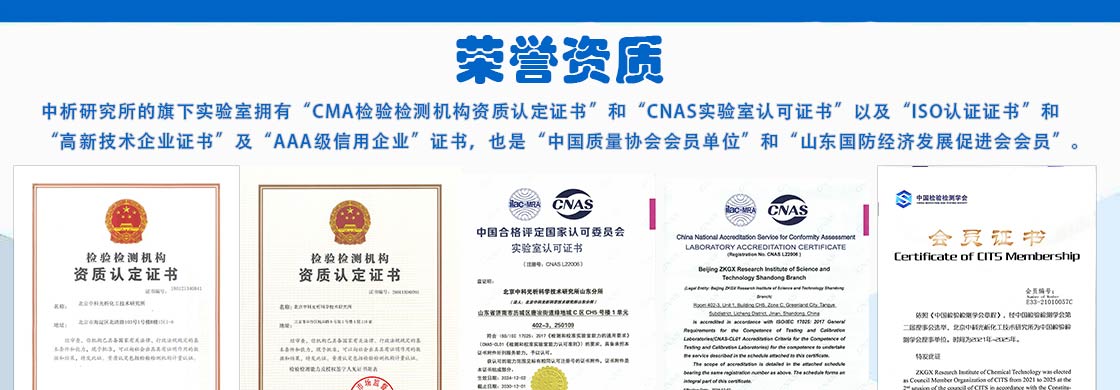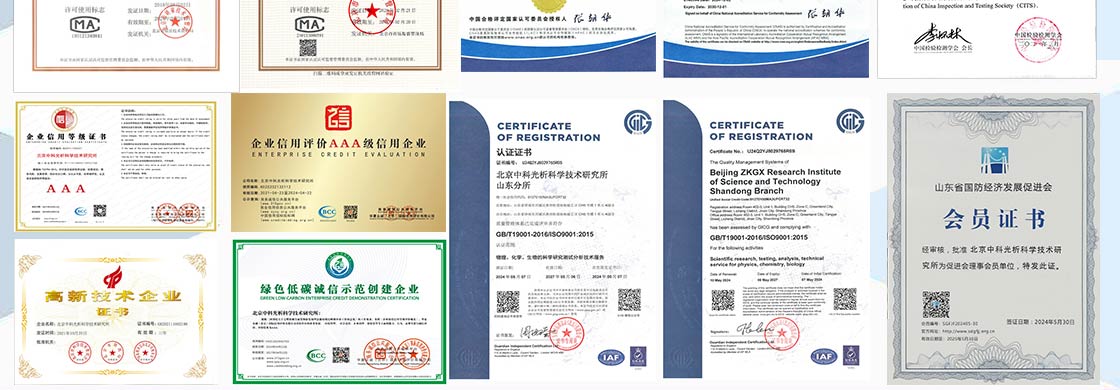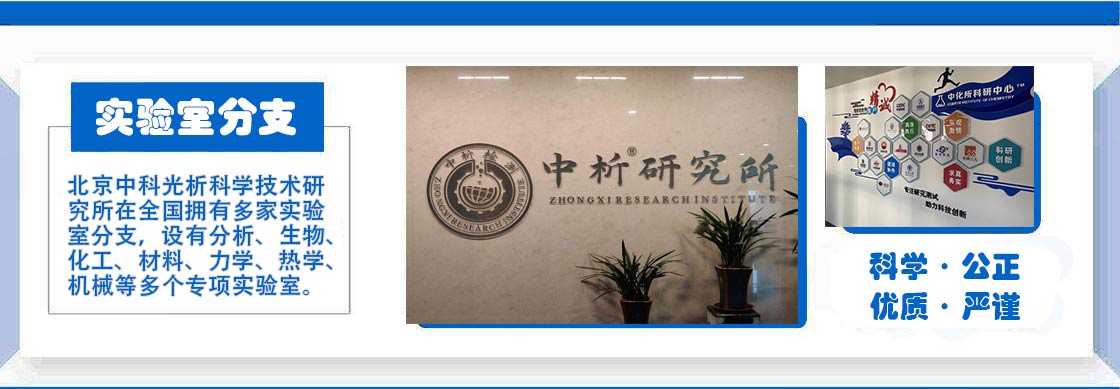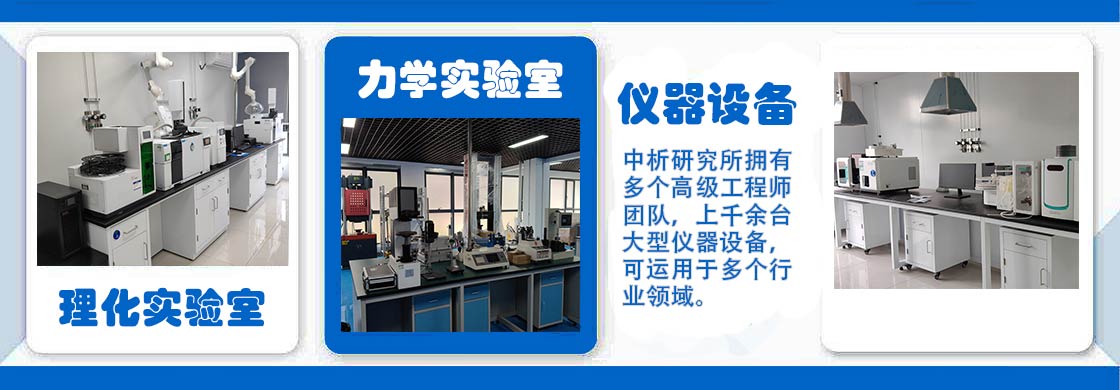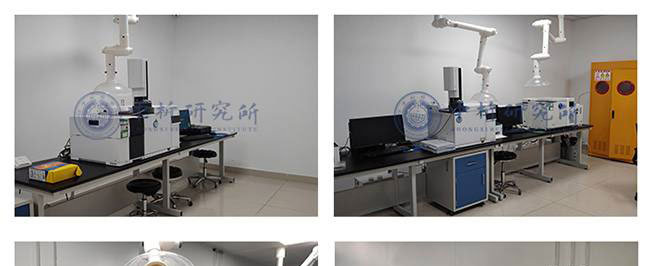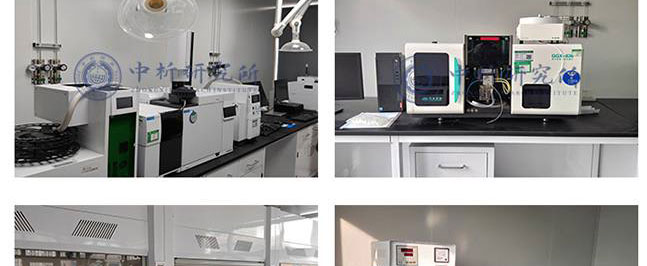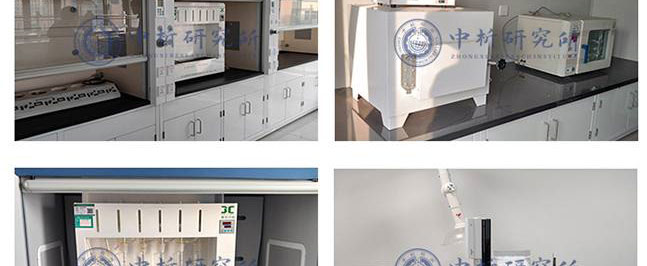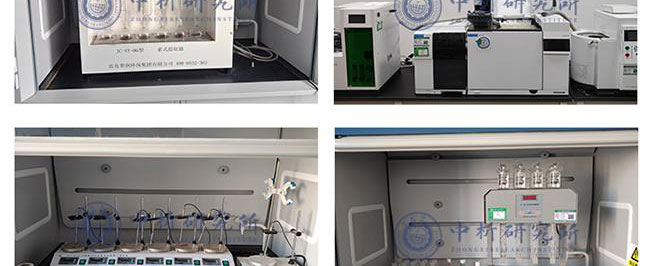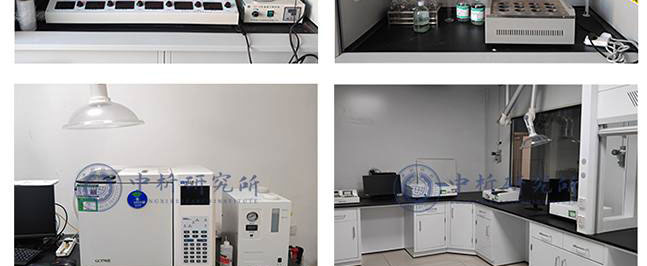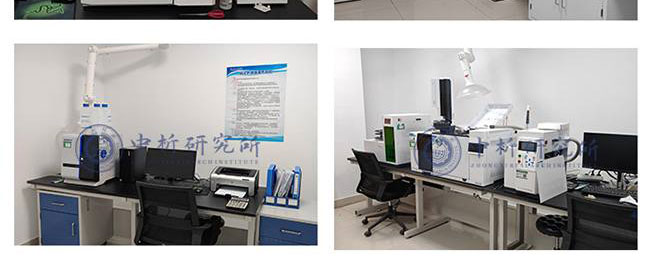国家标准 GB/T 10299-1988 城镇供热保温材料技术条件
【适用范围】本标准规定了城镇供热中用于介质温度不大于350℃的蒸汽和介质温度不大于150℃的热水使用的保温材料及其制品的技术要求与检验方法。
本标准适用于在城镇供热行业新建、扩建、改建、运行维护中所使用的保温材料及其制品的选用、质量检验和工程验收。
【中国标准分类】 P46 供热、供气、空调及制冷工程 【国际标准分类】 91.140.10-中央供热系统
行业标准 DL/T 776-2001 火力发电厂保温材料技术条件
【适用范围】 本标准规定了火力发电厂保温材料的技术条件与检验方法。 本标准适用于对各种类型电厂机组在新建、扩建及检修、维护中所采用的保温材料及其制品的选择、验收及质量监督。
【中国标准分类】 Q25 建材产品 【国际标准分类】 27.100-电站综合
行业标准 FZ/T 64002-2021 复合保温材料 金属镀层复合絮片
【适用范围】本文件规定了复合保温材料——金属镀层复合絮片的术语和定义、产品分类、技术要求、试验和检验方法、检验规则、包装、标志、运输和贮存。
本文件适用于以热塑性涤纶、锦纶等金属镀层织物与涤纶纤维絮片为主体原料,经复合加工而成的金属镀层复合絮片。
【中国标准分类】 W59 纺织制品 【国际标准分类】 59.080.99-其他纺织产品标准
行业标准 FZ/T 64002-2011 复合保温材料 毛复合絮片
【适用范围】本标准规定了作为保温制品填充料的毛复合絮片的产品分类、品种规格、要求、试验方法、检验规则、标志、包装、运输和贮存等。本标准适用于以毛或毛与其他纤维混合材料为絮层原料,复合加工而成的絮片。其它类似产品可参照执行。
【中国标准分类】 W59 纺织制品 【国际标准分类】 59.080.99-其他纺织产品标准
行业标准 FZ/T 64006-1996 复合保温材料 毛型复合絮片
【适用范围】本标准规定了作为服装和被褥保温填充料的毛型复合絮片的产品分类、品种规格、技术要求、分等规定、试验方法、检验规则、标志、包装和贮运等。rnt本标准适用于鉴定以毛或毛与其他纤维混合材料为絮层原料,以单层或多层薄型材料为复合基,经针刺等复合加工而成的毛型复合絮片的品质。其他类似产品的品质可参照本标准有关条款评定。
【中国标准分类】 W04 纺织综合 【国际标准分类】 59.100-复合增强材料
行业标准 FZ/T 64020-2011 复合保温材料 化纤复合絮片
【适用范围】本标准规定了作为保温制品填充料的化纤复合絮片的产品分类、品种规格、要求、试验方法、检验规则、标志、包装、储运等。本标准适用于以化学纤维为主要原料(化纤≥50%),经复合加工而成的化纤复合絮片。其它类似产品可参照执行。
【中国标准分类】 W59 纺织制品 【国际标准分类】 59.080.99-其他纺织产品标准
行业标准 JC/T 998-2006 喷涂聚氨酯硬泡体保温材料
【适用范围】本标准规定了喷涂聚氨酯硬泡体保温材料(简称SPF)的定义、分类、要求、试验方法、检验规则、标志、包装、运输与贮存。n本标准适用于现场喷涂法施工的聚氨酯硬泡体非外露保温材料。
【中国标准分类】 Q17 建材产品 【国际标准分类】 91.060.30-天花板、地板、楼梯
行业标准 JG/T 228-2015 建筑用混凝土复合聚苯板外墙外保温材料
【适用范围】本标准规定了建筑用混凝土复合聚苯板外墙外保温材料,即现浇混凝土复合聚苯板外墙外保系统材料的术语和定义、分类、一般要求、要求、试验方法、检验规则、产品交付文件、标志、包装、运输和贮存。rn本标准适用于民用建筑采用的现浇混凝土复合聚苯板外墙外保温系统。
【中国标准分类】 P32 工业与民用建筑工程 【国际标准分类】 91.120.10-绝热
行业标准 SDJ 68-1985 火力发电厂热力设备和管道保温材料技术条件与检验方法
【适用范围】
【中国标准分类】 Q25 电力、核工业工程 【国际标准分类】 91.120.10-绝热
地方标准 CNS 2177-1995 玻璃棉保温材料
【适用范围】本标准规定整体服务数字网络(Integrated Services Digital Network,简称 ISDN)第 I 型网络终接器(Network Termination 简称 NT1),系为一装设于网络端与用户终端设备(Customer Premise Equipment,简称 CPE)之间,适用于 ISDN 2B+D 基本速率接口(Basic Rate Interfa
【中国标准分类】 Q25 建材产品 【国际标准分类】 17.200.20-温度测量仪器仪表
地方标准 CNS 3657-2017 人造矿物纤维保温材料
【适用范围】本标准适用于人造矿物纤维之保温材料,且其制造原料不得含有石棉。
【中国标准分类】 Q25 建材产品 【国际标准分类】 91.100.60-隔声和绝热材料
地方标准 CNS 3657-1973 类真空隔热保温材料
【适用范围】本标准规定了类真空隔热保温材料的产品分类和标记、要求、实验方法、检验规则及标志、包换、运输、贮存。
本标准适用于类真空隔热陶瓷粉生产的保温材料。
【中国标准分类】 Q15 建材产品 【国际标准分类】 91.060.10-墙、隔墙、房屋正面
地方标准 DB37/T 3724-2019 封缝料与外墙保温材料和终饰系统的使用指南
【适用范围】1.1 This guide describes the use of single and multi-component cold-applied joint sealants or precured sealant systems for joint sealing applications or both in buildings using Exterior Insulation and Finish Systems (EIFS) on one or both sides of the joint. Refer to 10.1 for joint seal geometries. 1.2 The elastomeric sealants described by this guide meet the requirements of Specifications C834 C920 or C1311. 1.3 The values stated in SI units are to be regarded as standard. No other units of measurement are included in this standard. 1.4 This standard does not purport to address all of the safety concerns if any associated with its use. It is the responsibility of the user of this standard to establish appropriate safety and health practices and determine the applicability of regulatory limitations prior to use. 1.5 There are no ISO standards similar or equivalent to this ASTM standard.
【中国标准分类】 Q24 建材产品 【国际标准分类】 91.100.50-粘合料、密封材料
国外标准 ASTM C1488-2004e1 纤维质松散料保温材料模拟老化规程
【适用范围】
The purpose of this practice is to simulate the aging process of cellulosic loose-fill insulation. By identifying any changes in flame retardant permanency due to the aging process producers can design loose-fill insulation to meet or exceed material specifications throughout the product life cycle.
1.1 This practice covers a procedure to simulate the aging process of cellulosic loose-fill insulation by subjecting it to controlled laboratory conditions of temperature and humidity so that the insulation will be further evaluated particularly for critical radiant flux characteristics.
1.2 It is not the intent of this practice to establish aging conditions that represent all possible exposures.
1.3 The values stated in inch-pound units are to be regarded as standard. The values given in parentheses are mathematical conversions to SI units that are provided for information only and are not considered standard.
1.4 This standard does not purport to address all of the safety concerns if any associated with its use. It is the responsibility of the user of this standard to establish appropriate safety and health practices and determine the applicability of regulatory requirements prior to use.
【中国标准分类】 Q25 建材产品 【国际标准分类】 91.100.60-隔声和绝热材料
国外标准 ASTM C165-2007(2017) 保温材料压缩性能测量方法
【适用范围】1.1 This test method covers two procedures for determining the compressive resistance of thermal insulations. 1.1.1 Procedure A covers thermal insulations having an approximate straight-line portion of a load-deformation curve with or without an identifiable yield point as shown in Figs. 1 and 2. Such behavior is typical of most rigid board or block-type insulations. FIG. 1 Procedure A—Straight Line Portion with Definite Yield Point FIG. 2 Procedure A—Straight Line Portion but no Definite Yield Point 1.1.2 Procedure B covers thermal insulations that become increasingly more stiff as load is increased as shown in Fig. 3. Such behavior is typical of fibrous batt and blanket insulations that have been compressed previously to at least the same deformation by compression packaging or mechanical softening. FIG. 3 Procedure B—Increasing Stiffness 1.2 It is recognized that the classification of materials under Procedures A and B shall not hold in all cases. For example some batt or blanket materials that have not been compression packaged will exhibit behavior more typical of Procedure A for their first loadings. Also some higher density fibrous insulation boards that have been precompressed will exhibit load-deformation curves more typical of Procedure B. There will also be thermal insulations with load-deformation curves that follow none of the three types shown here; that is curves with no straight-line portion curves with compaction areas and curves that change from negative to positive slope. 1.3 This test method does not cover reflective or loose fill insulations. 1.4 The values stated in inch-pound units are to be regarded as the standard. The values given in parentheses are for information only. 1.5 This standard does not purport to address all of the safety concerns if any associated with its use. It is the responsibility of the user of this standard to establ
【中国标准分类】 Q25 建材产品 【国际标准分类】 91.100.60-隔声和绝热材料
国外标准 ASTM C302-2013(2017) 预制管道外包保温材料密度和尺寸试验方法
【适用范围】1.1 This test method covers the determination of the dimensions and density after conditioning of preformed pipe insulation. 1.1.1 Procedure A is applicable to sections of one-piece pipe covering or to sections of segmental pipe covering that can be joined together concentrically and measured as one-piece. 1.1.2 Procedure B is applicable to segmental pipe covering where each section of material is measured. 1.1.3 Procedure C is applicable to sections of one-piece pipe covering such as soft foam or mineral wool materials where it is possible to penetrate the material. 1.2 The values stated in inch-pound units are to be regarded as the standard. The values given in parentheses are for information only. 1.3 This standard does not purport to address all of the safety concerns if any associated with its use. It is the responsibility of the user of this standard to establish appropriate safety health and environmental practices and determine the applicability of regulatory limitations prior to use. 1.4 This international standard was developed in accordance with internationally recognized principles on standardization established in the Decision on Principles for the Development of International Standards Guides and Recommendations issued by the World Trade Organization Technical Barriers to Trade (TBT) Committee.
【中国标准分类】 Q45 耐火材料 【国际标准分类】 27.220-热回收、绝热
国外标准 ASTM C450-2018 公称管道规格管道保温套和容器保温材料制造规程
【适用范围】1.1 This practice provides tables of dimensions of preformed pipe insulation that shall be used in fabricating insulation covers for use on valves ells tees flanges and vessels in the pressure range from 150 to 1500 psi (1 to 10 MPa). These tables which are part of this standard are published separately as the ASTM Recommended Dimensional Standards for Fabrication of Thermal Insulation Fitting Covers for NPS Piping and Vessel Lagging. In addition the ADJC0450A tables for Short Radius (SR) and Long Radius (LR) Elbows Insulation Fitting Covers for piping are included in this practice. The tables were developed to provide dimensions for shop fabrication use in forming pipe insulation fitting covers on NPS pipe operating at high temperature and low temperature. The tables also include dimensions for use in forming thermal insulation into curved segments and lagging for application on vessels. This practice does not apply to reflective-type insulation insulation on screwed elbows Short Radius (SR) and Long Radius (LR) Elbows Fitting Covers for tubing dutchman (extended leg) insulation fitting covers double-layered staggered-joint pipe insulation fitting covers flexible preformed pipe-tube elastomeric foam fitting covers in accordance with Specification C534/C534M or polyolefin foam fitting covers in accordance with Specification C1427. 1.1.1 Refer to Guide C1710 when referring to insulation materials for fabrication of preformed flexible closed cell insulated 90° elbows tees or similar products. 1.2 This practice does not specify fabrication methods. Thermal insulation for fitting covers is formed by numerous fabrication methods. In general insulations are cut by circular or band saws shaped by grinders or millers or molded/preformed. Each method has certain advantages and disadvantages depending upon the material to be formed number of cuts required material waste permissible and quantity of fittings being produced. Fitting
【中国标准分类】 Q25 建材产品 【国际标准分类】 27.220-热回收、绝热
国外标准 ASTM C1763-2019 用保温材料浸渍法测定吸水性的试验方法
【适用范围】
1.1 This test method determines the amount of water retained (excluding surface water) by flat specimens of thermal insulations after these materials have been fully immersed in liquid water for a prescribed time interval under isothermal conditions. This test method is intended to be used for the characterization of materials in the laboratory. It is not intended to simulate any particular environmental condition potentially encountered in building construction applications.
1.2 This test method does not address all the possible mechanisms of water intake and retention and related phenomena for thermal insulations. It relates only to those conditions outlined in 1.1. Determination of moisture accumulation in thermal insulations due to partial immersion water vapor transmission internal condensation freeze-thaw cycling or a combination of these effects requires different test procedures.
1.3 This test method does not address or attempt to quantify the drainage characteristics of materials.
1.4 The values stated in either SI units or inch-pound units are to be regarded separately as standard. The values stated in each system are not necessarily exact equivalents; therefore to ensure conformance with the standard each system shall be used independently of the other and values from the two systems shall not be combined.
1.5 This standard does not purport to address all of the safety concerns if any associated with its us
【中国标准分类】 Q25 建材产品 【国际标准分类】 91.100.60-隔声和绝热材料
国外标准 ASTM C1878-2019 保温材料用蒸汽缓凝剂耐地表水性能测试方法
【适用范围】
1.1 This test method details a procedure for the determination of the surface water resistance of a vapor retarder by measurement of the quantity of water absorbed in a specified time by the service-exposed surface of a vapor retarder intended for use on thermal insulation.
1.2 This test method covers vapor retarders that are expected to withstand intermittent or occasional exposure to liquid water on the exposed side. Examples of this exposure are condensation and light rain during installation before a structure is enclosed.
1.3 This method does not cover vapor retarders intended for exposure to the elements in outdoor applications.
1.4 This method does not cover thermal insulation products that also act as vapor retarders such as elastomeric foam and cellular glass.
1.5 In the test the specimen is exposed to a specified volume of water over a given exposure area with a resultant head pressure.
1.6 The test method is based on Test Method D3285 (withdrawn) the so-called “Cobb” test used for paper.
1.7 The values stated in SI units are to be regarded as standard.
1.8 This standard does not purport to ad
【中国标准分类】 G71 化学助剂、表面活性剂、催化剂、水处理剂 【国际标准分类】 71.100-化工产品
国外标准 BS 3958 Pt.1-1982 隔热保温材料 第1 部分: 氧化镁的预制保温层
【适用范围】
【中国标准分类】 Q04 建材产品 【国际标准分类】 91.100.01-建筑材料综合
国外标准 JIS A9526-2006 喷镀硬质氨基甲酸乙酸泡沫保温材料
【适用范围】この規格は,主として建築物の断熱材として使用する,建築現場又は工場で製造する吹付け硬質ウレタンフオームについて規定する。
【中国标准分类】 G32 合成材料 【国际标准分类】 91.120.10-绝热
国外标准 JIS A9504-2004 建筑用隔热、保温材料及制品--决定热性能说明值及设计值的顺序
【适用范围】この規格は,熱的に均質な建築用断熱?保温材料,製品の熱性能の宣言値及び設計値の決定方法についで規定する。また,この規格は,温度,含水率などのある条件(セットの条件)のもとで得られる性能値を.別の温度.含水率などの条件のもとにおける性能値に換算する手順を示すものである:これらの手順は-30℃~+60℃の周囲温度において有効である。
【中国标准分类】 Q25 建材综合 【国际标准分类】 91.120.10-绝热
4、双方将就检测项目进行详细沟通,并签署保密协议,以保证客户信息的保密性。在此基础上,我们将进行测试试验.

